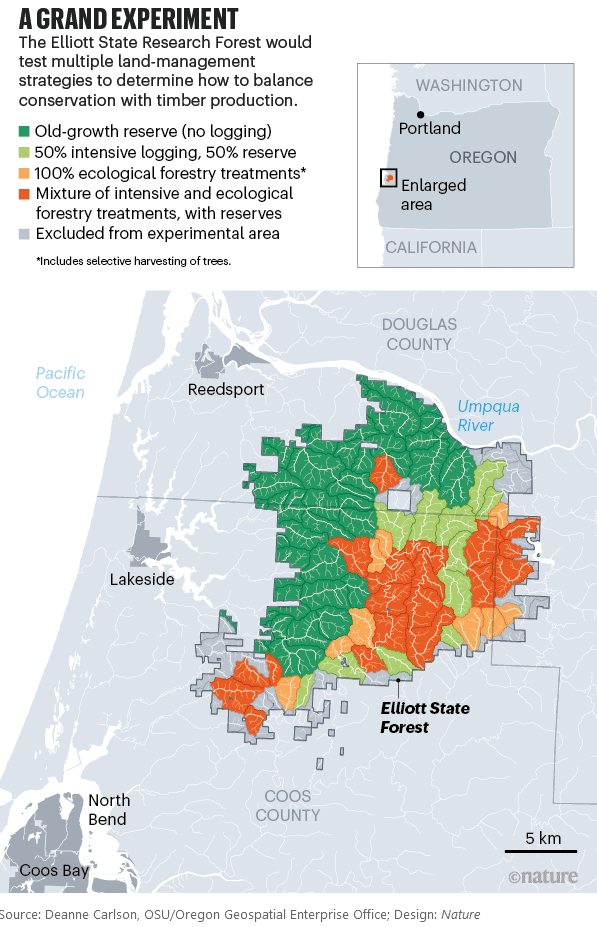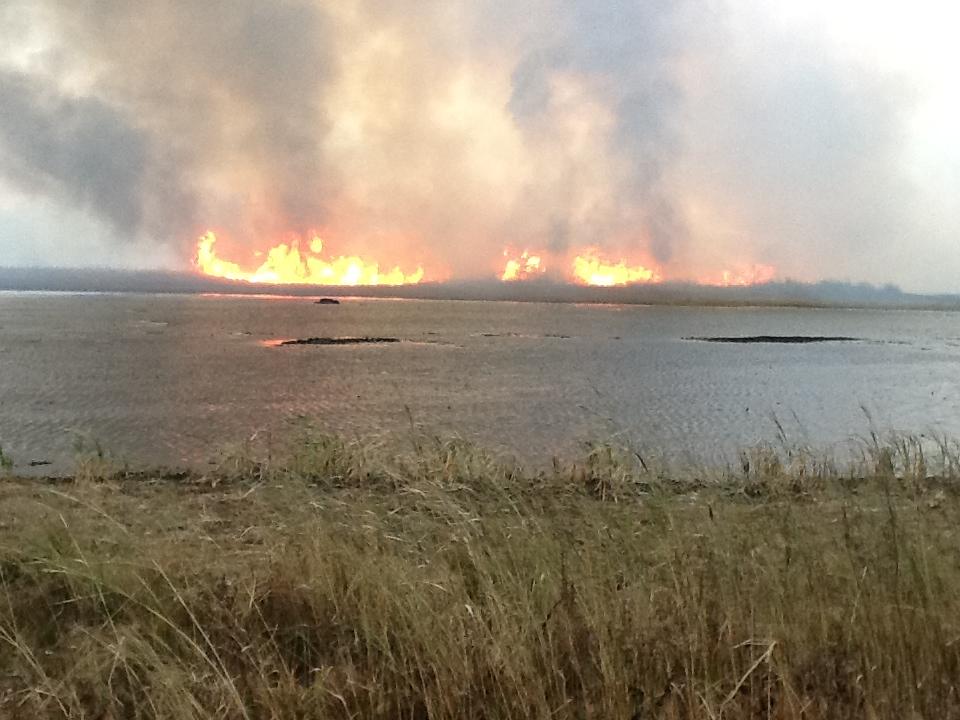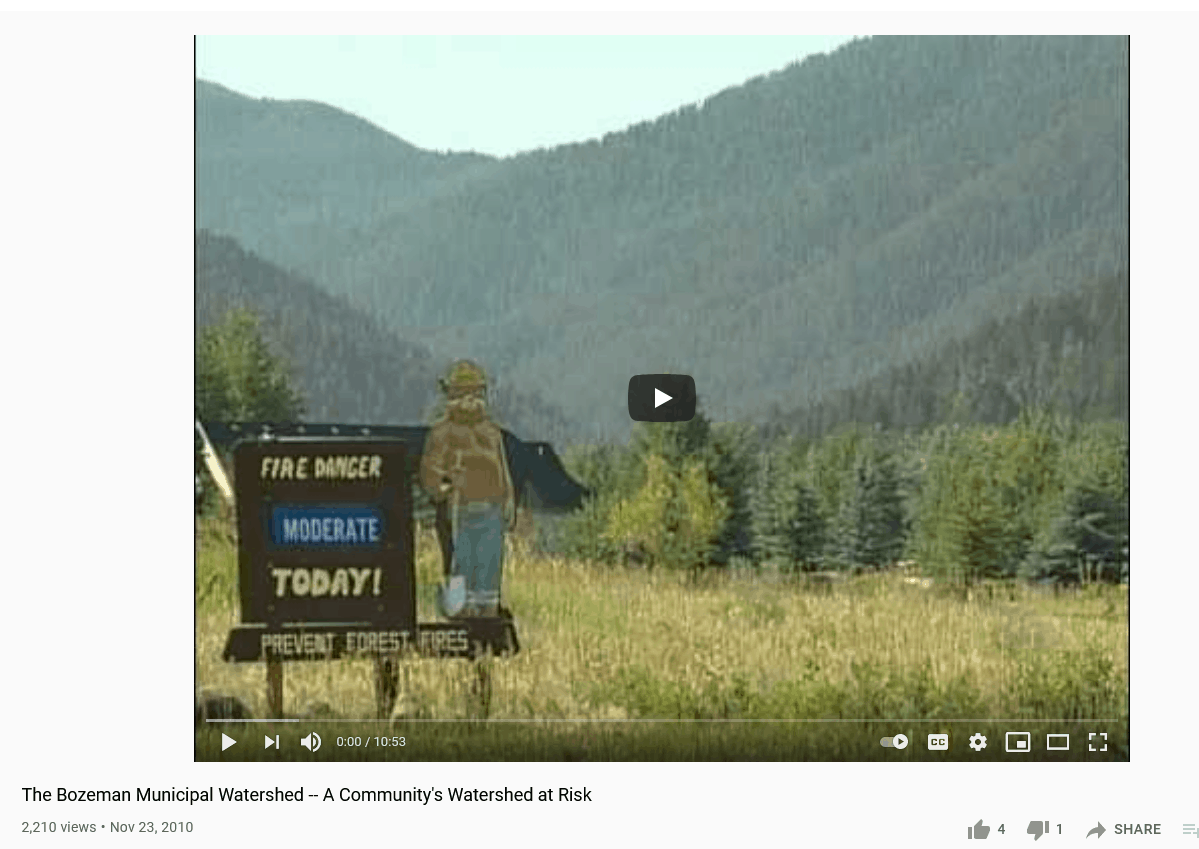I was working on this post and Jon just posted a comment here on the same topic, so here goes and maybe we can move the current CBM discussion here.
Many thanks to Sam Evans and to the folks at the Vermont Law School for writing this article on a topic of interest… The U.S. Forest Service’s Expanding Use of Condition-Based Management: Functional and Legal Problems from Short-Circuiting the Project-Planning and Environmental Impact Statement Process. It’s probably clear from the title that their view is fairly negative one.
We can all disagree about CB NEPA, and when or if it should be used, and how it can be made better.
Condition-based management (CBM) is a management approach that the U.S. Forest Service has increasingly used to authorize timber harvests purportedly to increase flexibility, discretion, and efficiency in project planning, analysis, and implementation. The agency believes it needs this flexible approach because sometimes conditions on the ground can change more quickly than decisions can be implemented. In practice, however, CBM operates to circumvent the National Environmental Policy Act (NEPA) review framework by postponing site-specific analysis until the Forest Service implements the project, which effectively excludes the public from site-specific decisions, reduces transparency, and removes incentives for the agency to avoid harming localized resources. The practice should be curtailed by the Biden administration.
I’ll take issue with a number of specifics here:
In practice, however, CBM operates to circumvent the National Environmental Policy Act (NEPA) review framework by postponing site-specific analysis until the Forest Service implements the project, which effectively excludes the public from site-specific decisions, reduces transparency, and removes incentives for the agency to avoid harming localized resources. The practice should be curtailed by the Biden administration.
As I’ve said before, “effectively excludes the public from site-specific decisions” does not fit with what they are doing on the LAVA project, for example, as you can see here. In fact, it looks like there is more or less formal public involvement for prioritization of sites, which doesn’t necessarily occur with standard NEPA. What it means is there is no place for objection and litigation at each site. If a group didn’t think the activity should occur on a site with say, a certain wildlife species, they could still object to and litigate the overall decision. If the decision didn’t have an acreage cap, say, per drainage, they could object to and litigate that. So basically you have a pre-approved toolkit, with pre-approved caveats, in pre-approved areas. This is a pretty fine point, perhaps, but not really hard to understand.
Ah, you say, but that sounds like a programmatic EIS? And so then NEPA should also be done at the site-specific level. But since many of us can’t afford our own attorneys, our views have just as much of a chance of being heard sitting around in a meeting with the FS as in a courtroom. We don’t think of this much, but it seems to me that this is ultimately about power. If we take hunter q or hiker y or neighbor x or timber worker z who know the area, their views will not count compared to the groups who will be litigating (with all good intentions but perhaps different views).
“Site-specific public involvement can significantly improve projects because the agency may be unaware of harmful impacts or resource concerns until the public flags them during the environmental analysis process.” I absolutely agree, but there is site-specific public involvement..so..
The Forest Service appears to be abandoning the site-specific analysis model in favor of CBM.
That’s an interesting claim, since we have seen a number of site-specific EA’s, CE’s and EIS’s go by, and relatively few CBM projects. It would be good to know how many and what kind of projects are out there, and an updated PALs might be able to tell us that.
CBM is not only legally dubious, but also unnecessary. The Forest Service already has NEPA-compliant methods to deal with situations that require a nimble response to the needs of a dynamic landscape. In these cases, the Forest Service can complete a single “programmatic” analysis to which future site-specific decisions will be tiered. This programmatic approach allows the Forest Service to speed the consideration and implementation of site-specific, step-down proposals. Unlike CBM, this approach allows for public review of site-specific decision-making and administrative review of those decisions.
Well, this is the “everything is currently fine” argument. Not everyone agrees with that as we have seen. And again, CBM projects do allow site specific public review, but not administrative review. Is it overkill for one project to have three administrative review/litigation opportunities.. forest plan standards, a programmatic, and the project level. And it’s certainly in the interest of environmental attorneys to have more opportunities for litigation, and for those trying to get projects done, to have fewer, or even one. I just think of a recent I25 widening EIS that had one layer (and it was site-specific). I think there is probably room for some kind of middle ground here.
For example, in the Sagehen example, they have a map of proposed temporary roads. Is that specific enough?
Maybe there should be a FACA committee that reviews CBM projects and makes recommendations for their use based on those experiences. I would see environmental attorneys as one stakeholder group, but not the only one.
Jon mentioned that CBM had been dropped from the new NEPA regs between draft and final. I only read the summary and it said the FS doesn’t need it because it’s already doing it. The counterargument would be that being in regulation would give the FS an advantage in court (perhaps). Maybe someone could read the entire answer in the response to comments?




